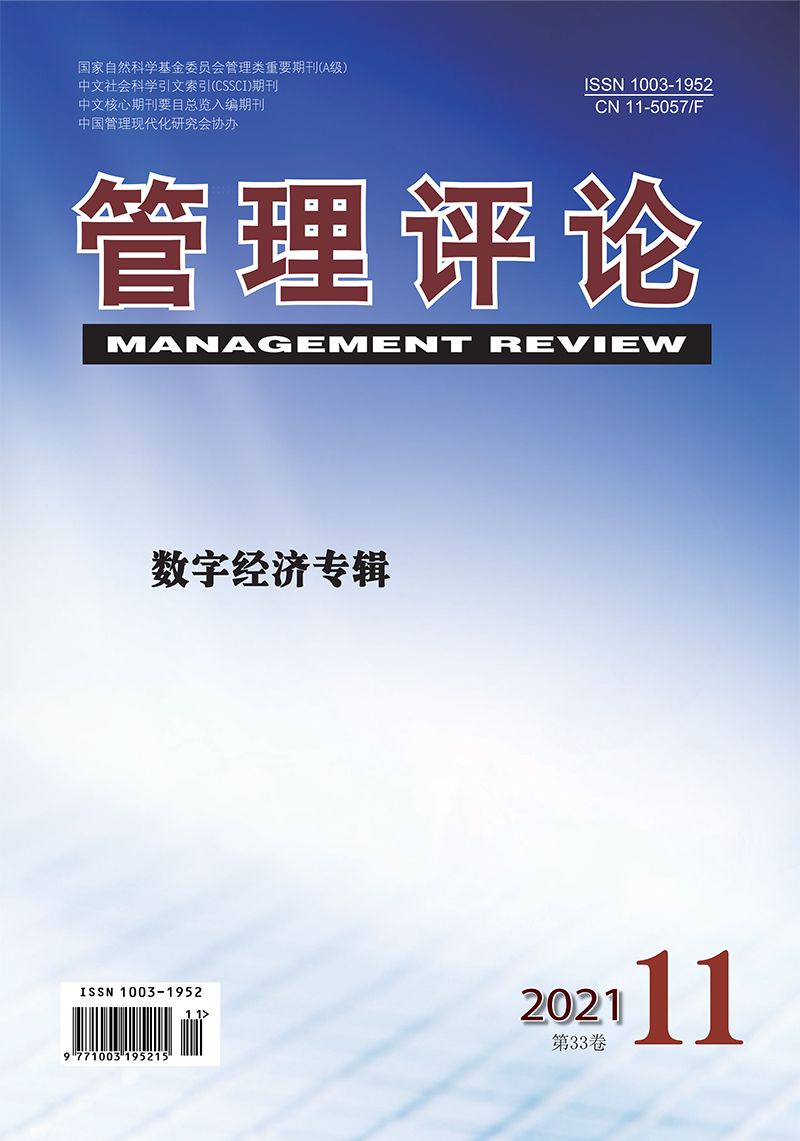|
|
Research on the Effect of Online Reviews on the Knowledge Products Sales: Moderating Effect of Product Type
Qi Tuotuo, Zhou Xun, Wang Tianmei
2021, 33 (11):
209-222.
Online reviews are the main source of information for assessing product quality, which influence consumers' purchasing decisions and then affect product sales. For credence products, the existing literature only considers the effect of the number of reviews and the average score on product sales, but ignores the important influence of the fine-grained characteristics of reviews on the product sales. In addition, knowledge products belong to credence products, which means that consumers have a higher perceived risk awareness. Therefore, studying the review characteristics of knowledge products is of particular importance in revealing the influence mechanism of sales. In this paper, five characteristics of reviews are proposed, namely, the number of reviews, review length, favorable rating, readability of reviews and subjectivity of reviews. The measurement of readability is based on DNN language model, while the measurement of subjectivity is based on word bag and 2-POS model. Based on the signal theory, this paper constructs a theoretical model to examine the effect of review characteristics on the knowledge product sales, and explores the moderating effect of product type. The knowledge payment product data in Zhihu Live are used to verify the proposed model. Results show that the number of reviews, favorable rating and the readability positively affect the knowledge products sales; the reviews length negatively affects the knowledge products sales; the subjectivity of reviews does not affect the knowledge products sales; compared with utilitarian products, the number, favorable rating and the readability of hedonic products reviews have a more obvious positive impact on sales, and the length of hedonic products reviews has a more obvious negative impact on sales; compared with hedonic products, the subjectivity of utilitarian product reviews has a more obvious negative impact on sales. The research conclusions provide theoretical support and practical guidance for the platform to manage online reviews.
References |
Related Articles |
Metrics
|

